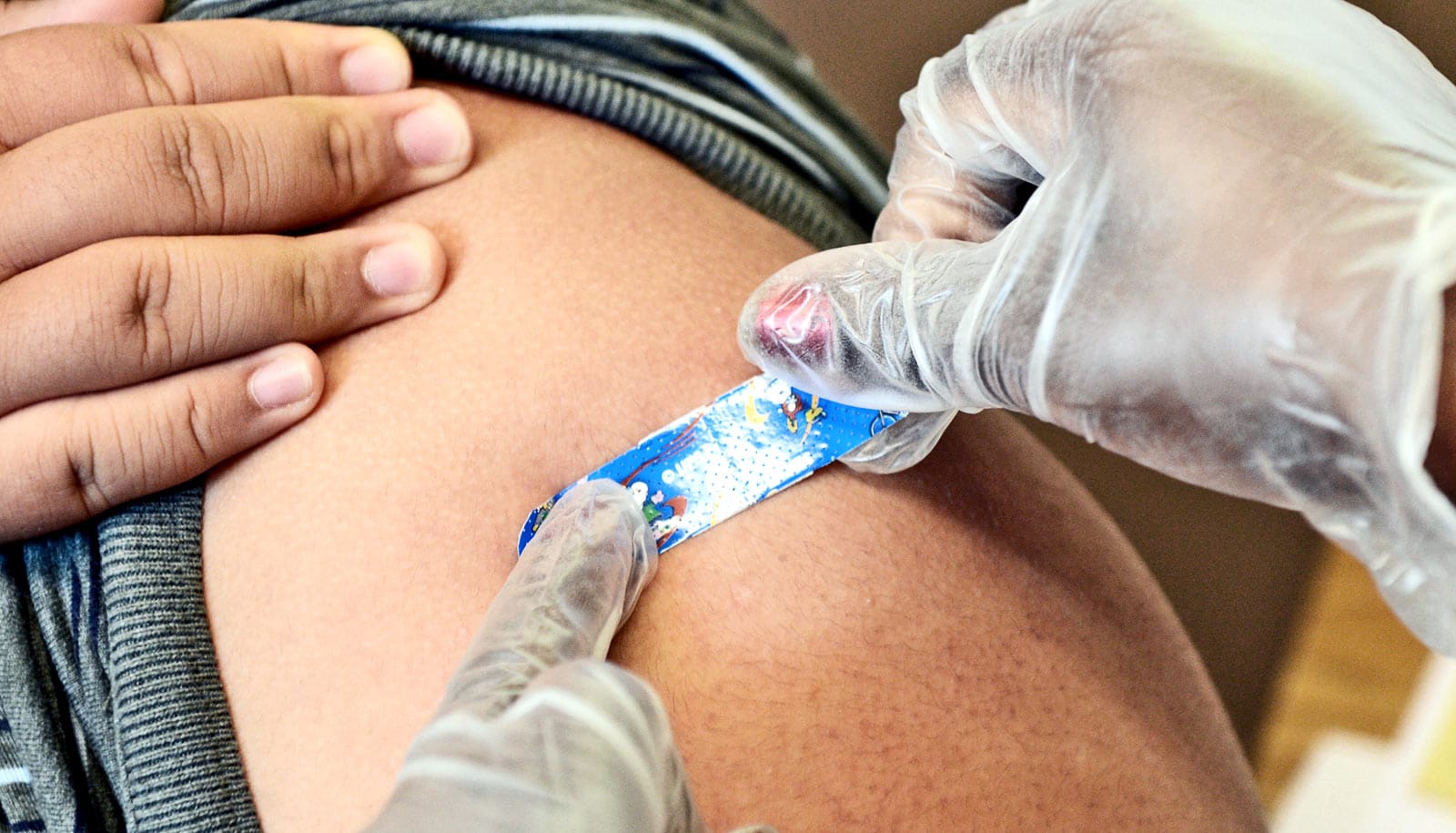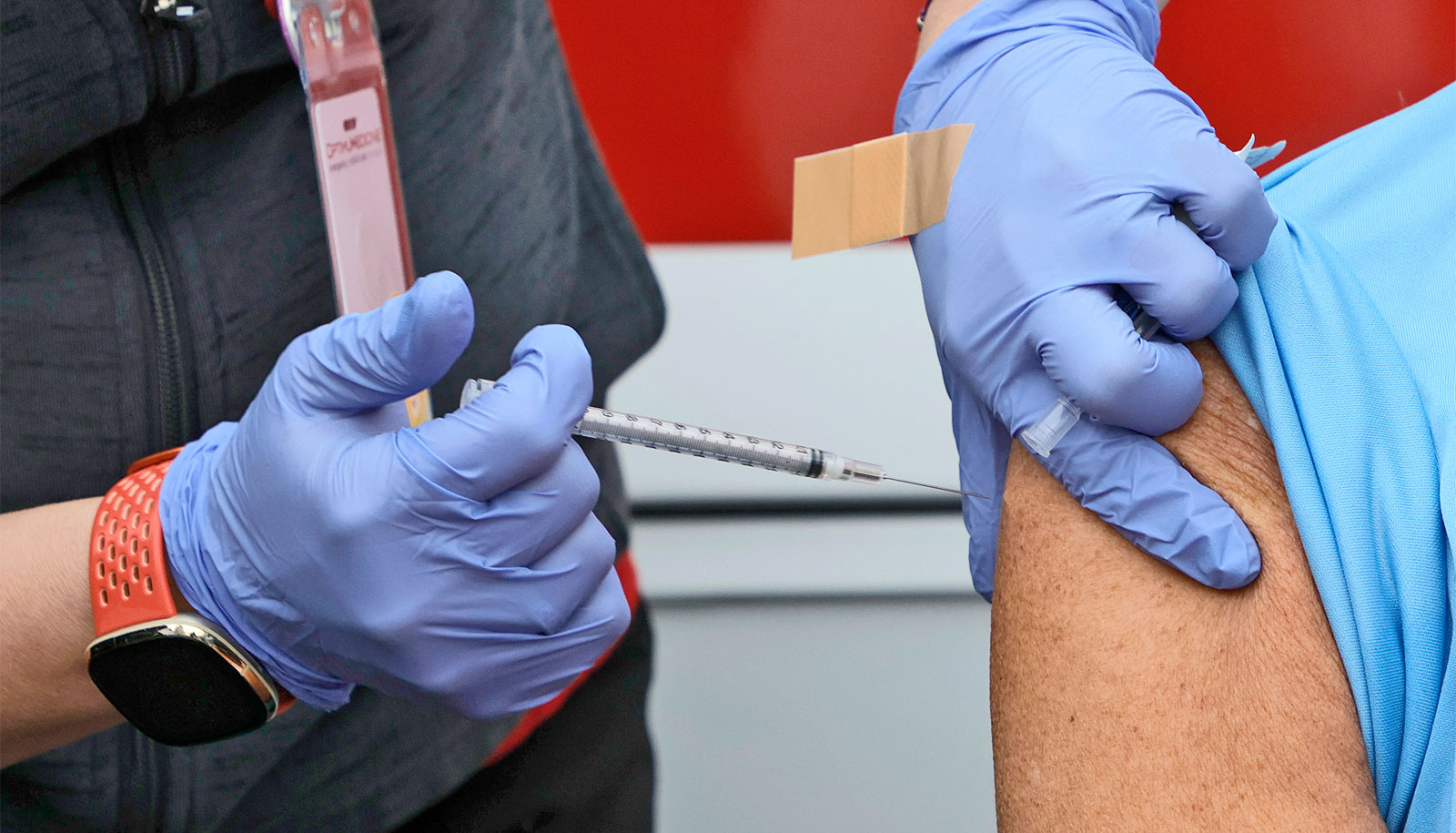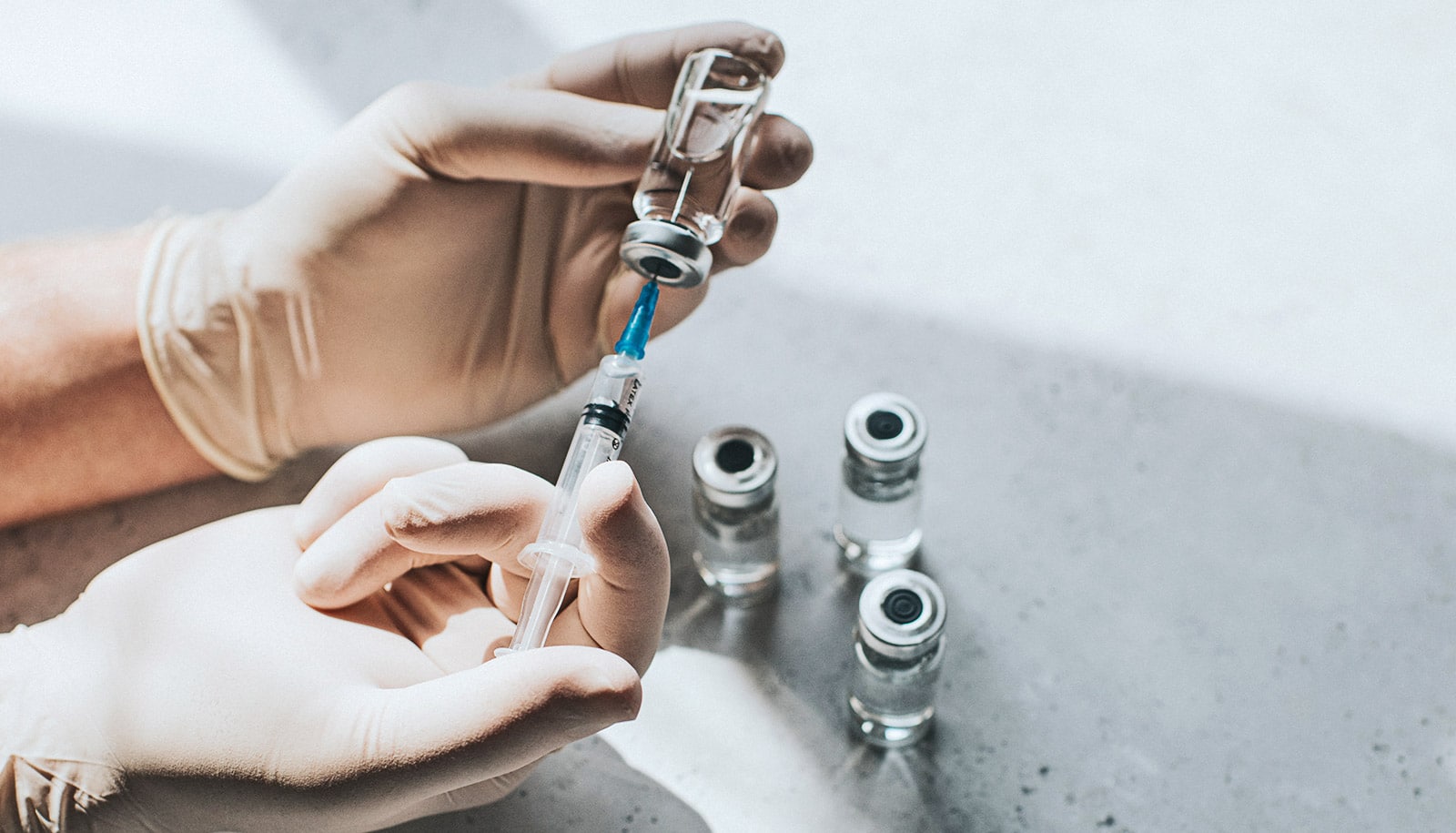The resurgence of whooping cough is the result of factors—including a phenomenon known as the honeymoon period—that began in the middle of the last century, long before the latest vaccines were introduced in the late 1990s, a new study suggests.
Researchers and public health officials have struggled to explain the resurgence of the highly contagious respiratory disease in the United States since the late 1970s. Some blame suspected shortcomings of the current generation of vaccines for the resurgence, but the new study indicates that’s not the cause.
“This resurgence is the predictable consequence of rolling out a vaccine that isn’t quite perfect and not hitting everybody in the population with that vaccine.”
“Conventional wisdom is that the current vaccine is the problem, but that’s not consistent with what we see,” says Aaron King, professor in the ecology and evolutionary biology department and in the mathematics department at the University of Michigan.
The researchers concluded that natural population turnover, incomplete vaccination coverage, and slowly waning protection from a highly effective yet imperfect vaccine best explain the resurgence of whooping cough. The disease, also known as pertussis, can be fatal to infants.
“This resurgence is the predictable consequence of rolling out a vaccine that isn’t quite perfect and not hitting everybody in the population with that vaccine,” King says.
“Our results are important because they show that recent trends in pertussis are not necessarily caused by recent changes in epidemiology or biology,” says first author Matthieu Domenech de Cellès, formerly a postdoctoral researcher under King, now at the Institut Pasteur in Paris.
“Rather, the contemporary epidemiology of pertussis may be interpreted as a legacy of longstanding immunization practices. It’s an important shift of perspective, which makes pertussis a complex but exciting system to study.”
As reported in Science Translational Medicine, researchers used disease-transmission models and 16 years of age-stratified pertussis incidence data from Massachusetts, along with statistical methods for extracting information from the data. The results apply to the United States and to Western Europe.
Honeymoon period
According to the study, the introduction of the first pertussis vaccine in the late 1940s led to a honeymoon period, a time of very low disease incidence following the start of a vaccination program. The return of pertussis in recent decades signals the end of that honeymoon period.
In the pre-vaccine era, whooping cough was a very common childhood disease in the United States. Most kids were exposed to Bordetella pertussis, the bacterium that causes it, and their immune systems mounted a strong response that provided long-lasting immunity. As a result of those naturally acquired infections, most adult Americans were immune to pertussis.
Routine vaccination with a whole-cell pertussis vaccine quickly led to a 100-fold reduction in incidence. Actually, two factors accounted for that sharp drop-off: children protected by the new vaccine and adults with natural immunity acquired in the pre-vaccine era.
But as the decades passed, the number of American adults with naturally acquired pertussis immunity gradually declined as that older group died out.
At the same time, the number of pertussis-susceptible US adults was on the rise, setting the stage for the resurgence. The susceptible adults included people who didn’t get vaccinated as children and who also avoided naturally acquired pertussis infections.
The mathematical model that best fit the 1990-2005 Massachusetts incidence data was one that explains the current resurgence “as a legacy of incomplete vaccination with effective, but imperfect, vaccines against a background of slow demographic turnover, i.e., as an end-of-honeymoon effect,” the study says.
Waning protection
The modeling study also supports the idea that protection from the pertussis vaccine gradually wanes over time—though it lasts a lot longer than many experts believed.
Some critics of the current acellular pertussis vaccine say it wears off after five to seven years. But the new study “suggests that current pertussis vaccines provide lifelong protection to 55 percent of people and protect 90 percent of people for more than a decade,” says study coauthor Pejman Rohani, a population ecologist at the University of Georgia’s Odum School of Ecology.
Tool could forecast flu outbreaks weeks in advance
“Furthermore, our models explain that patterns of pertussis incidence previously attributed to rapid vaccine waning are actually consistent with higher contact rates once children enter school.”
Though the current vaccine is effective at reducing levels of the pertussis pathogen circulating in the population, routine vaccination alone will never be sufficient to eradicate the bacterium, the researchers conclude.
In infants, pertussis causes violent, gasping coughing spells and can lead to life-threatening complications. People with whooping cough usually spread the disease by coughing or sneezing while in close contact with others. Parents, older siblings, or other caregivers can give whooping cough to babies without even knowing they have the disease.
The modeling study identified primary school children and teenagers as the “core transmission group” mainly responsible for spreading the disease. In one simulation, a booster vaccination effort focused on children ages 5 to 10 or 10 to 20 led to a drop in infant cases of about 25 percent.
“The overwhelming amount of transmission is happening in those age groups,” King says. “So, we have to make sure that kids are getting vaccinated before they go to school. That’s going to have the biggest impact.”
The US Centers for Disease Control and Prevention recommends a series of five pertussis shots for children younger than 7. Additional shots are recommended for older children and for some adults.
5% fewer vaccinations would spike measles cases
Pertussis is responsible for 195,000 infant deaths each year worldwide, mostly in the developing world. There were 17,972 reported pertussis cases in the United States in 2016, including six infant deaths, according to the CDC.
The National Institutes of Health supported the work.
Source: University of Michigan



